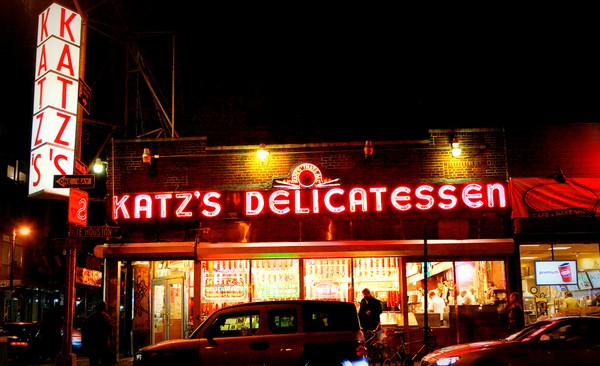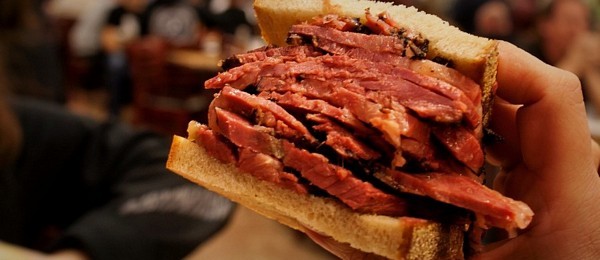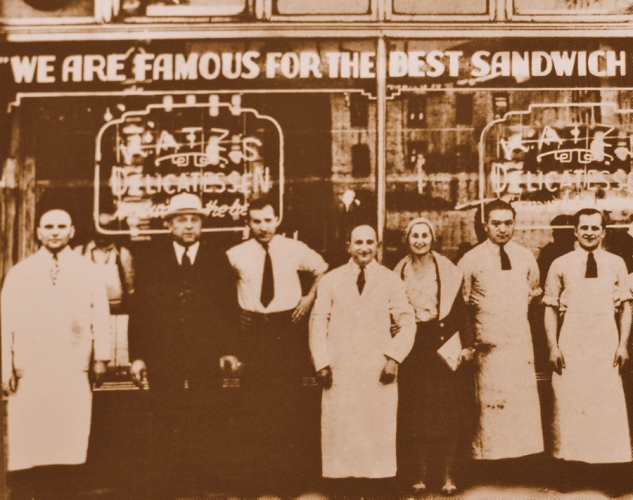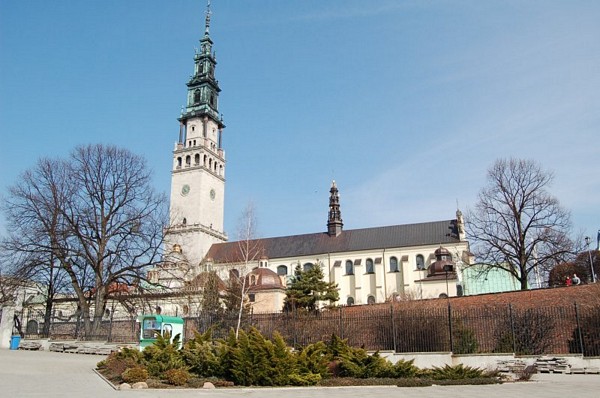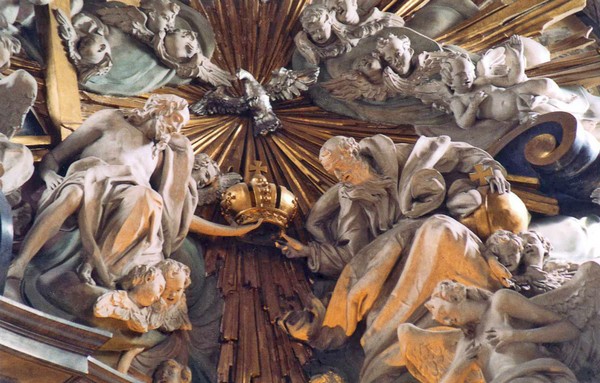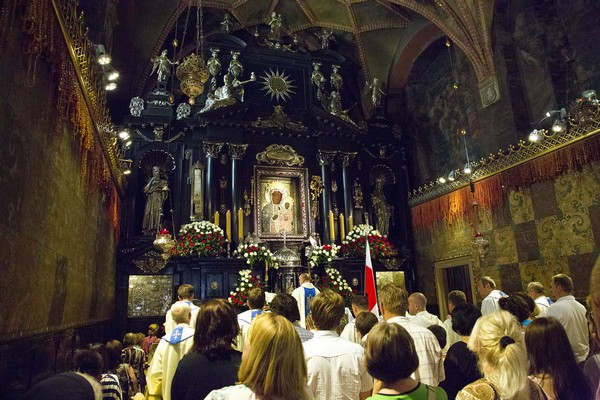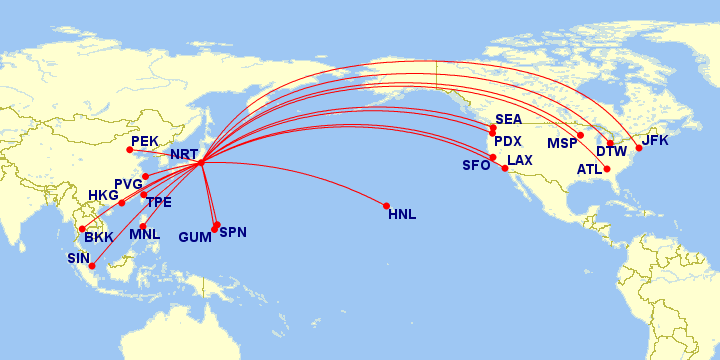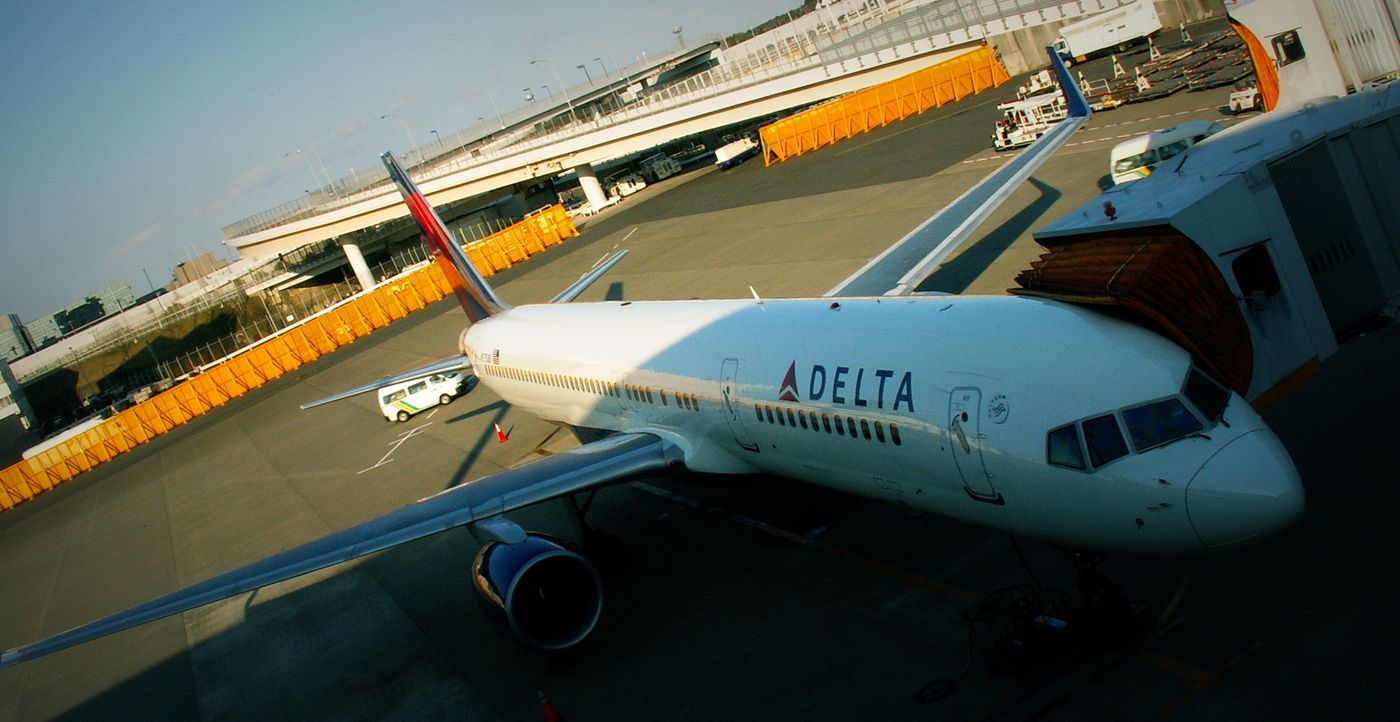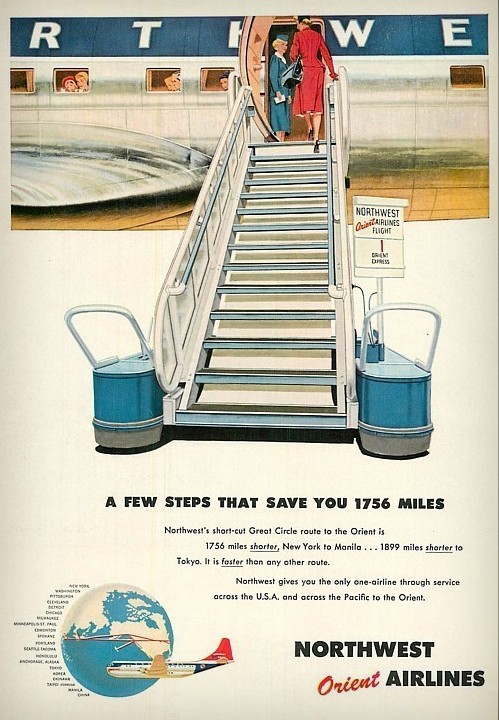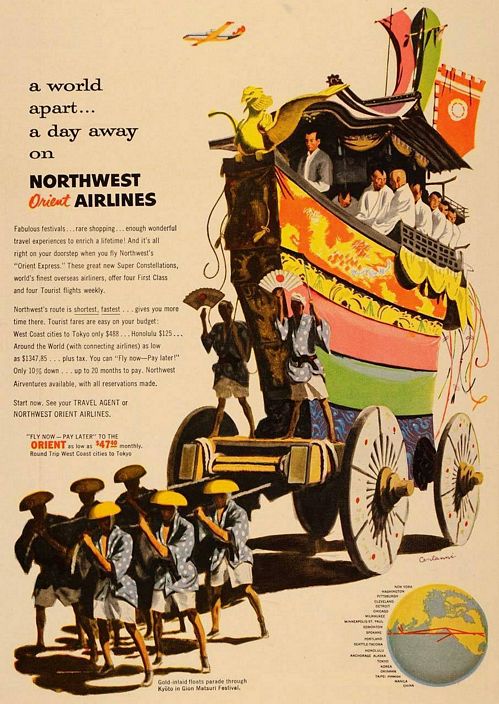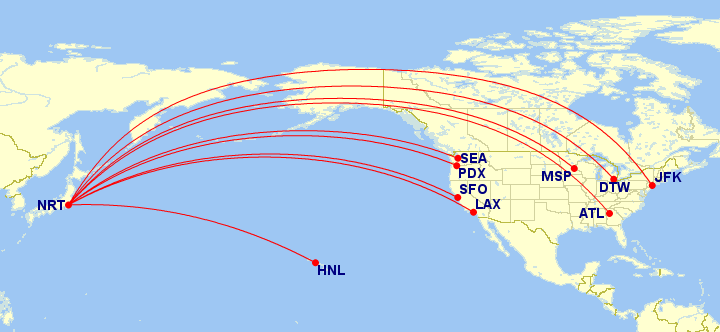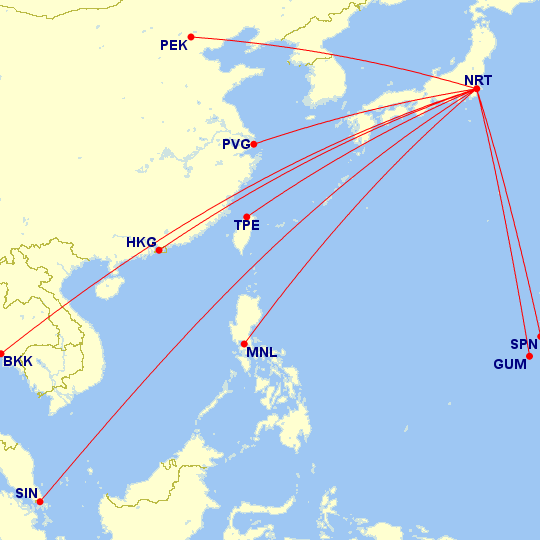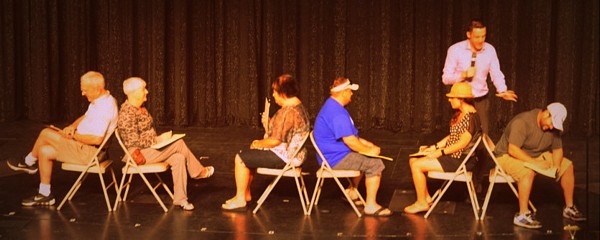
On Carnival Cruises trips, the Cruise Director hosts the hilarious Newlywed and Not-So-Newlywed Game. Usually, the Cruise Director chooses three couples from among the audience: the most newly wed couple (chances are that there might be a couple that got married during the cruise), the couple that’s been married the longest, and a couple a married that’s been married for about 25 years.
- “Where and when did you first meet?”
- “What day of the week did you get married? “
- “Rate your first kiss from 1 to 10.”
- “Ladies, what does your husband resemble when getting out of the shower: (1) a stretch limo, (2) a pick-up truck, or (3) a Volkswagen Bug with two flat tires?”
- “Which of your wife’s (or husband’s) relatives do you dislike the most?”
- “Was last night in your cabin like: (1) Fourth of July – all fireworks, (2) Thanksgiving – a dead turkey, or (3) Memorial Day – honoring the dead?”
- “You haven’t seen ugly until you have seen my wife’s (or husband’s) _____”
- “If a parrot were to live in your bedroom, what would it learn to say or what sounds would it learn to make?”
- “Whoopee hasn’t been the same since we did it _____ (where)”
- “When you wife bends over what do you see and think of?”
- “When it comes to your husband being macho, is it: (1) In the bed, (2) out of the bed, (3) in his head?”
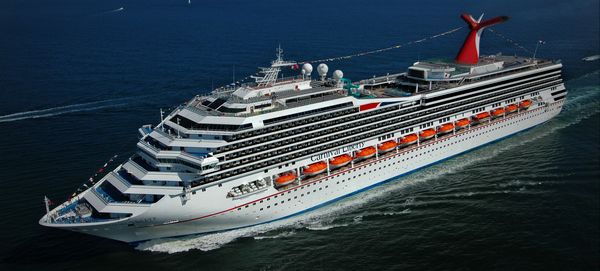
- “What was the first thing that your husband (or wife) grabs in the morning?”
- “If you were stuck in traffic, which one of your wife’s (or husband’s) relatives would you least like to be stuck in traffic with?”
- “What type and color of underwear is your husband (or wife) wearing?”
- “What animal does your husband (or wife) best resemble and why?”
- “What is your husband’s favorite condiment?”
- “Who was your husband’s (or wife’s) last girlfriend (or boyfriend) and what is one word that best describes her (or him)?”
- “The ugliest thing about my wife (or husband) is _____”
- “What movie best describes your love life: (1) Love Story (2) Gone With the Wind (3) Wild Thing?”
- “The strangest place you have made whoopee is _____”
- “What is your wife’s bra size?”
- “What is your husband’s (or wife’s) most disgusting habit?”
- “How many times a week do your bed springs squeak?”
- The Newlywed and Not-So-Newlywed games tend to end with, “If your husband was stranded on a desert island, would he want to be there with a missionary or a hooker?” Consistently, the cruise director who hosts game show sets up the answer of the last husband and makes the audience believe that the last husband would want to be with a hooker in missionary position, much to the amusement of the entire audience.
All three couples win a bottle of champagne courtesy of the captain of the Carnival Cruise ship.
